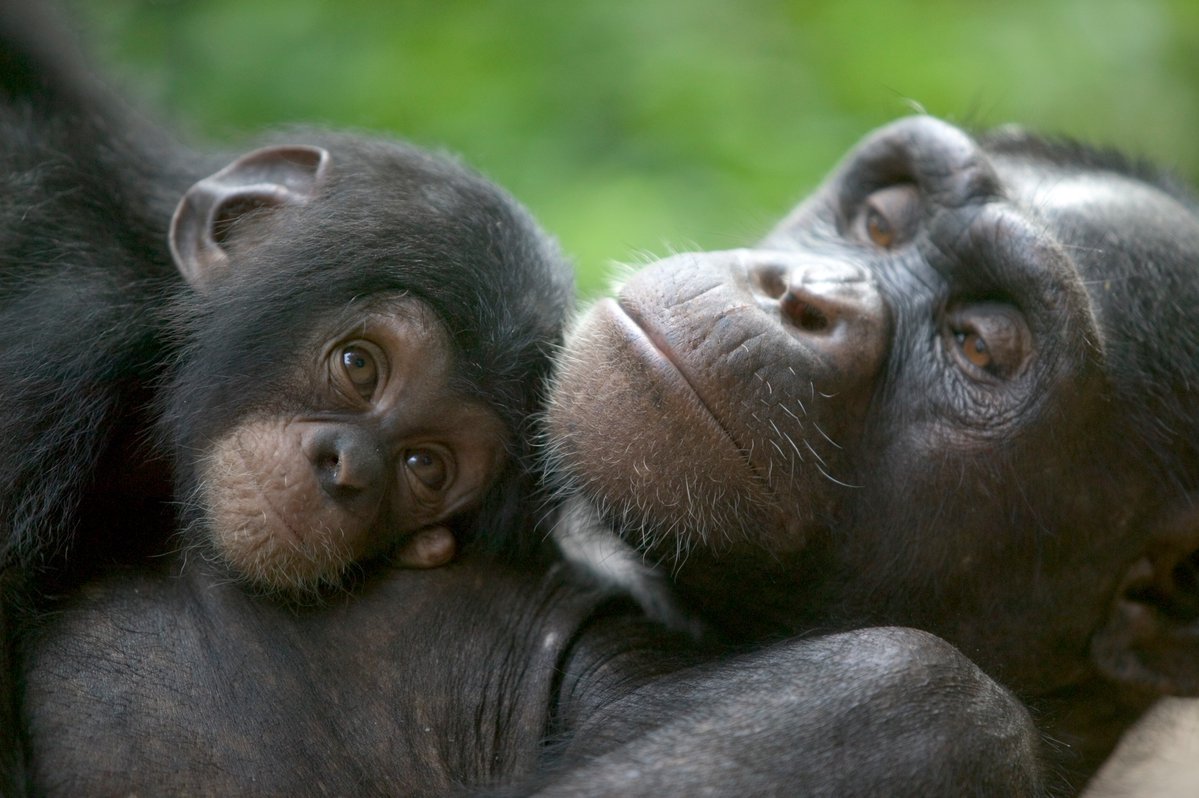In its formative years, nature-on-TV was a BBC artform. Its masters were English and white and, especially, male.
For “30 years, I worked in wildlife filmmaking,” Vanessa Berlowitz said. Whenever “I looked around, I didn’t see women.”
As she said this, she could see plenty of them. She was one of eight women telling the Television Critics Association about “Queens” (shown here), a documentary epic on Hulu, Disney+ and (at 8 p.m. March 4 and 11) the National Geographic Channel.
The six main hours focus on females of different species. “We wanted every animal – from the tiniest ant to the biggest elephant – to have its Hollywood moment,” said Chloe Sarosh, the showrunner and writer.
The March 4 batch begins with lions (the guys are just there for protection and sex); the March 11 one has elephants (the guys depart when they come of age).
But others hours range afar – bears and orcas and Ethopian wolves and two variations on great apes. Then a seventh hour (11:07 p.m. March 11) views the filmmakers.
Some have been doing this since the 1990s. They includes the executive producer (Berlowitz) and the directors of photography, Sophie Darlington and Justine Evans. “When Justine and I started out, you could count the wildlife camerawomen on one hand,” Darlngton told the TCA. This project had to quickly mentor newer ones – especially when the pandemic hit..
“As a Kenyan, … there were no inroads for me to work in the industry, because everything is staffed out of England or other western countries,” Faith Musembi said.
Then the pandemic halted travel, creating opportunities for local filmmakers..
There were more problems, including war in Ethiopia and a prolonged drought in Kenya. The project took four years; Musembi said it took six months to film a newborn elephant. “We had to spend a lot of time looking at bums and stomachs and trying to determine: ‘Is this one pregnant? Is it not pregnant?’”
She also startled one elephant, unaware that it was blind. Soon, their relationship was smooth. “We’d be spending long, long hours together. I’d just play instrumental music. ‘Somewhere Over the Rainbow’ was an actual song I played to her. And Disney songs.”
They don’t appear in the film, but other distinctive music does. Morgan Kibby – who has done electronic music for Lady Gaga, Harry Styles and others – provides a vivid soundtrack that even includes vocals. “Because I come from the pop world originally, and my voice is my first instrument, it’s worked its way into my composition,” she said.
Everything about the project seemed unique. “The producton team had seven babies in the course of making this show,” Berlowitz said.
In the old days, she said, that would have stalled a career. Now, “there were babes being passed from one person to another …. ‘I’ve got to call Africa. Here, take my baby.”
It’s a takes-a-village approach that the elephants would understand.

Female forces create epic “Queens” series
In its formative years, nature-on-TV was a BBC artform. Its masters were English and white and, especially, male.
For “30 years, I worked in wildlife filmmaking,” Vanessa Berlowitz said. Whenever “I looked around, I didn’t see women.”
As she said this, she could see plenty of them. She was one of eight women telling the Television Critics Association about “Queens” (shown here), a documentary epic on Hulu, Disney+ and (at 8 p.m. March 4 and 11) the National Geographic Channel. Read more…